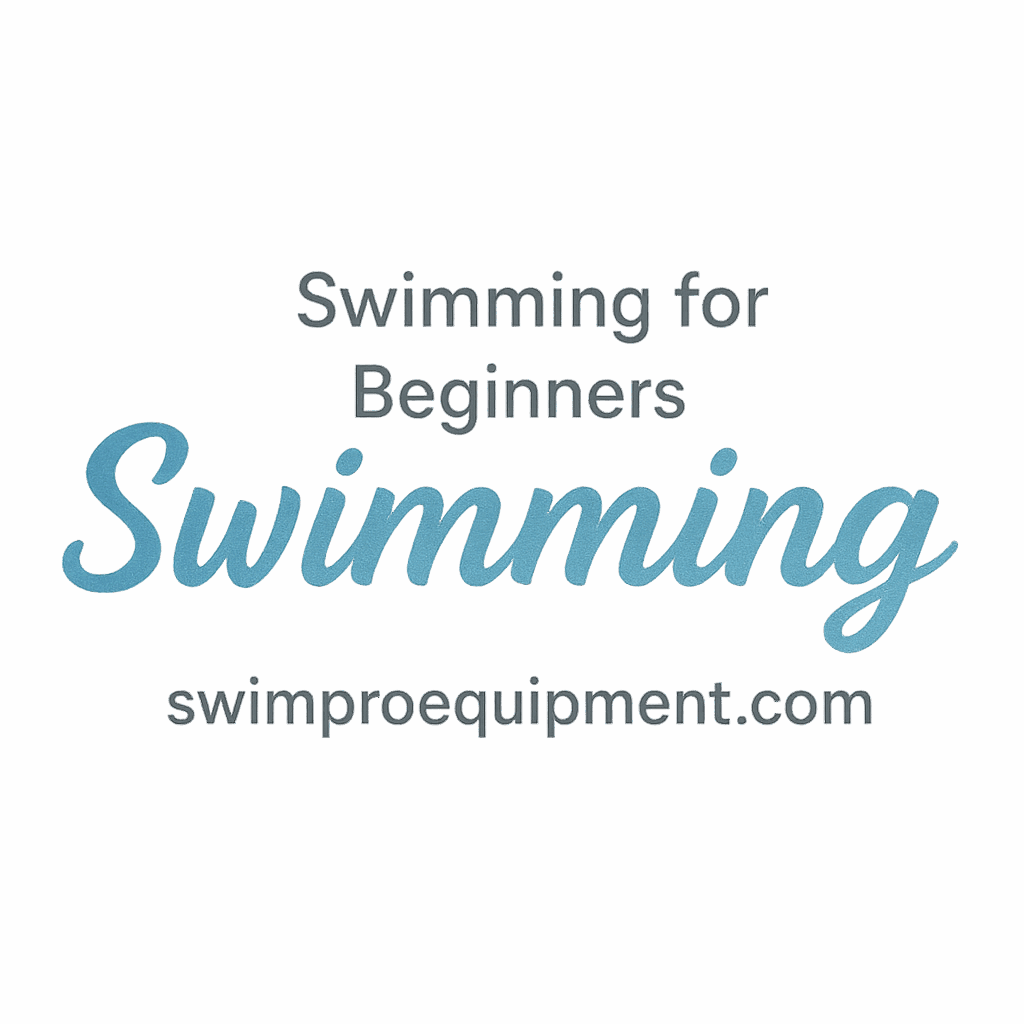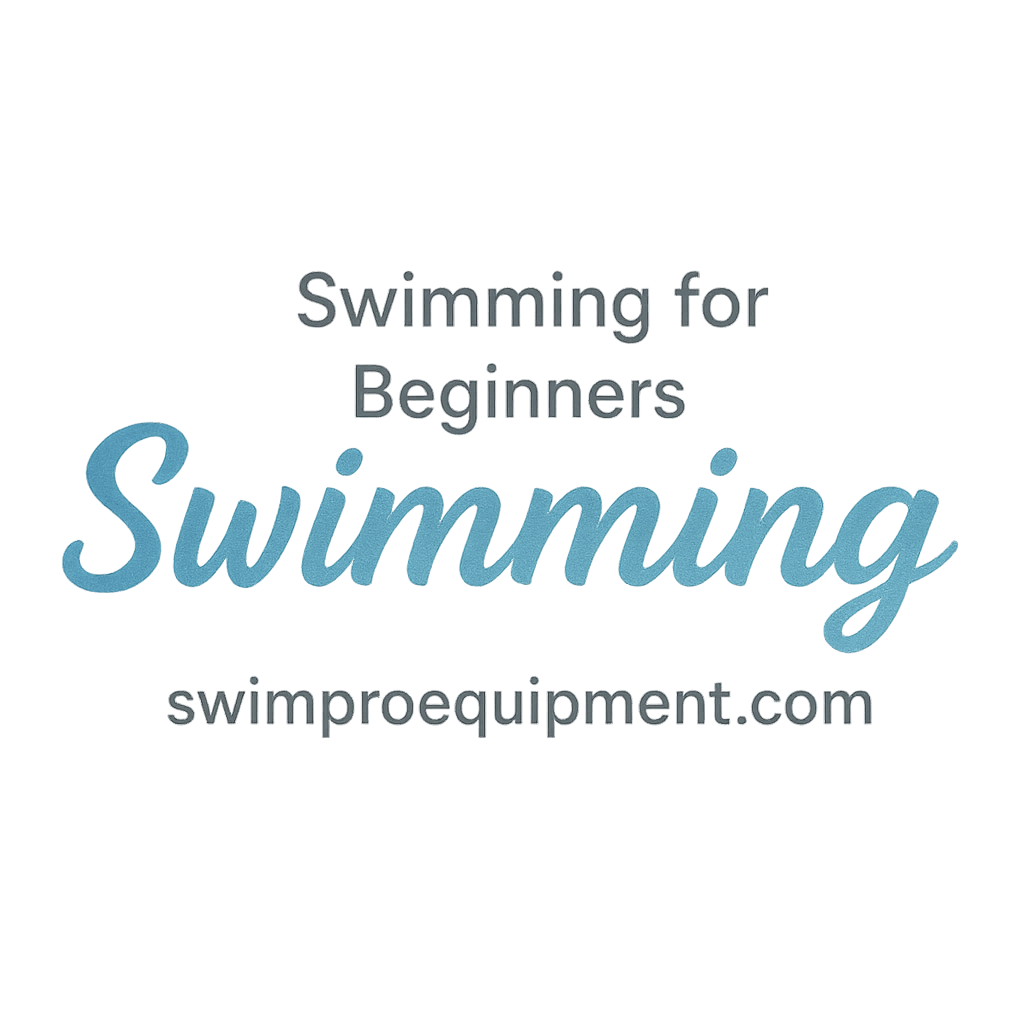Introduction: Why Breathing Matters for Swimmers
Breathing—it’s something we all do without thinking, but for swimmers, it’s much more than just filling the lungs with air. It can make the difference between a smooth glide through the water and feeling like you’re gasping for breath after a few laps. Swimmers, especially beginners, often overlook the importance of proper breathing techniques, but mastering your breathing is crucial for improving performance, endurance, and even speed.
In this article, we’ll dive into why breathing matters for swimmers and introduce seven breathing exercise sets that can help you optimize your swimming technique. For more tips on swimming basics and techniques, check out our article on Swimming Basics and Techniques.
The Role of Breathing in Swimming Performance
Breathing is an essential skill that plays a vital role in your overall swimming performance. It ensures that your muscles receive the oxygen they need to function efficiently. Without proper breathing, you’ll tire out quickly and may find yourself unable to complete sets or races. Whether you’re swimming for fitness or competition, correct breathing ensures your muscles can work at their maximum capacity, leading to better endurance and faster times.
If you’re new to swimming, you may want to explore some helpful training workouts for beginners.
Benefits of Proper Breathing Techniques
Proper breathing helps improve several aspects of your swimming performance, including:
- Increased Endurance: By breathing properly, you allow your body to maintain oxygen levels, reducing fatigue during long swims.
- Enhanced Stroke Efficiency: When you coordinate your breath with each stroke, it can improve your technique and minimize energy loss.
- Better Recovery: Proper breathing helps you recover faster between sets and maintain a steady rhythm throughout your workout.
Breathing isn’t just a physical necessity; it’s a technique that can be trained and improved. For a deeper dive into how breathing affects your overall health in swimming, check out this Swimming Safety and Health Guide.
Understanding Breathing Techniques in Swimming
Before we dive into specific breathing exercises, let’s break down the basic techniques that every swimmer should understand:
How Breathing Affects Your Swim Efficiency
Swim efficiency is all about reducing drag and minimizing energy loss. Breathing properly—without taking too long between breaths or holding your breath for too long—ensures that you’re not wasting energy. With the right technique, you can maintain your rhythm, control your stroke, and swim at a steady pace.
For tips on improving your swimming technique, be sure to explore our resources.
Common Mistakes Swimmers Make When Breathing
Many swimmers make common mistakes that can hinder their performance. These include:
- Over-breathing: Taking too many breaths, or breathing too quickly, can cause your stroke to lose rhythm.
- Under-breathing: Holding your breath for too long can cause you to tire out quicker.
- Mis-timing the Breath: Breathing at the wrong moment can disrupt your stroke and cause inefficiencies.
Avoiding these mistakes can greatly improve your swim efficiency and reduce the risk of injury. If you’re looking for more ways to avoid injury, check out our guide on Injury Prevention for Swimmers.
7 Effective Breathing Exercise Sets for Swimmers
Now that we’ve covered the basics of why breathing matters in swimming, let’s look at seven effective breathing exercises that swimmers can do to improve their technique.
1. Basic Breathing Drills for Beginners
If you’re new to swimming, starting with basic breathing drills is essential. One of the simplest drills involves the technique of inhale, hold, and exhale. Here’s how it works:
- Inhale: Take a deep breath in through your nose, filling your lungs completely.
- Hold: Hold your breath for a second or two.
- Exhale: Slowly exhale through your mouth or nose, releasing the air gradually.
This drill can help build your confidence in controlling your breath. It’s also an excellent way to calm your mind and avoid panic while swimming. For more on starting your swimming journey, explore our Motivation Progress for Swim Learners.
2. Side Breathing Practice for Freestyle
Side breathing is a crucial technique for freestyle swimmers. It’s essential to breathe on one side while maintaining good stroke rhythm. Here’s how you can practice it:
- Rhythm Focus: As you stroke, rotate your body slightly to the side and take a breath.
- Timing: Make sure your breath coincides with your stroke, not before or after.
This exercise helps you master the timing of breathing and ensures that you can maintain a continuous stroke without losing momentum. If you’re looking to improve your stroke timing, consider reading more about tracking your progress.
3. Pursed Lip Breathing for Lung Capacity
Pursed lip breathing is a technique that helps increase lung capacity and improve oxygen efficiency. It’s particularly helpful when you’re swimming longer distances. Here’s how to practice it:
- Inhale: Take a deep breath in through your nose.
- Exhale: Slowly exhale through your mouth with pursed lips, as if you’re blowing through a straw.
This technique allows you to release carbon dioxide more efficiently and improves the capacity of your lungs, which is crucial for endurance. To learn more about how breathing affects your performance, check out our article on Swimming Safety and Health.

4. Diaphragmatic Breathing for Full Lung Expansion
Diaphragmatic breathing is often called “belly breathing” and focuses on using the diaphragm to its full capacity. This exercise can help swimmers expand their lungs and breathe more deeply.
- Inhale: Breathe deeply into your belly, expanding it out as you inhale.
- Exhale: Exhale fully, drawing your belly back in.
By practicing diaphragmatic breathing, you ensure that you’re using the full capacity of your lungs, which is key for stamina and endurance in swimming. If you’re working on endurance, check out our Training Workouts for Beginners.
5. Breath-Holding Exercises to Build Strength
Breath-holding exercises are fantastic for building mental and physical strength. When you hold your breath, your body becomes more efficient at managing oxygen and carbon dioxide. To practice this:
- Take a Deep Breath: Inhale deeply.
- Hold Your Breath: Hold it for 10-20 seconds (or longer if you can).
- Exhale Slowly: Release the air gradually and repeat.
Breath-holding improves your ability to swim longer without gasping for air, especially during sprints or competitive swimming. To learn more about mental toughness in swimming, visit our Motivation Progress for Swim Learners page.
6. Breathing with Stroke Timing for Speed
Coordinating your breathing with your strokes is key for improving speed. This exercise helps you match your breath with each stroke, reducing wasted energy.
- Inhale: Breathe during the recovery phase of your stroke.
- Exhale: Exhale during the stroke phase.
Proper breath-timing helps optimize your speed, enabling you to swim faster with less effort. If you’re looking to increase your speed, don’t forget to check out our Swimming Speed Tips.
7. Interval Breathing Drills for Advanced Swimmers
Advanced swimmers can benefit from interval breathing drills. These involve taking controlled breaths during different intervals to help you swim at higher speeds with better endurance.
- Sprint: Swim at maximum speed for 30 seconds.
- Recovery: Take a few seconds to breathe deeply.
- Repeat: Alternate between sprints and recovery periods.
Interval drills challenge your lung capacity and improve your ability to recover quickly between intense efforts. If you’re ready to take your training to the next level, check out our Advanced Swimming Training Workouts.
Tips for Improving Your Breathing Techniques
- Consistency is Key: Practice breathing exercises regularly to develop better control.
- Use Swimming Gear: Consider using swim gear like snorkels or breathing tubes to focus on your breathing technique without worrying about turning your head.
- Stay Relaxed: Tension can hinder your breathing. Try to stay as relaxed as possible during exercises.
For more tips on essential swimming gear, head to our Swimming Gear & Equipment Guide.
Common Breathing Issues and How to Fix Them
- Over-Breathing: Try to slow down your breathing and focus on smooth, deep breaths.
- Under-Breathing: Make sure you’re breathing enough to maintain energy levels throughout your swim.
Understanding and fixing these breathing issues will help you maintain proper energy levels during your workouts. For more on breathing techniques, check out our resources on Breathing for Endurance.
Conclusion: Mastering Breathing for Better Swim Performance
Mastering breathing is one of the most effective ways to improve your swim performance. By practicing the exercises in this article, you’ll increase your lung capacity, improve your stroke efficiency, and enhance your endurance. Whether you’re a beginner or an advanced swimmer, integrating these breathing exercises into your routine can help you swim faster, longer, and more efficiently.
For more tips on technique and progress, explore our Swimming Progress Tracker.
FAQs
1. How often should I practice breathing exercises for swimming?
It’s best to incorporate breathing exercises into your regular swim practice, ideally 2-3 times per week.
2. Can breathing exercises help improve my swim speed?
Yes, better breath control can increase your efficiency, reducing drag and allowing you to swim faster.
3. What should I do if I feel short of breath while swimming?
Practice slow, deep breaths and focus on relaxing your body. Try some of the exercises mentioned above.
4. How can I improve my breathing during freestyle?
Focus on side breathing and make sure your breath timing is in sync with your strokes. For more on freestyle technique, see our Swimming Technique Guide.
5. Is pursed lip breathing useful for beginners?
Absolutely! It helps beginners improve lung capacity and learn controlled breathing.
6. Should I hold my breath during the underwater phase?
Yes, many swimmers hold their breath during the underwater phase, but always make sure to exhale as you approach the surface.
7. How can I avoid getting tired too quickly while swimming?
Focus on efficient breathing techniques, including proper timing and depth of breath, to reduce fatigue. For tips on avoiding fatigue, check out our Swimming Health Tips.Alat


